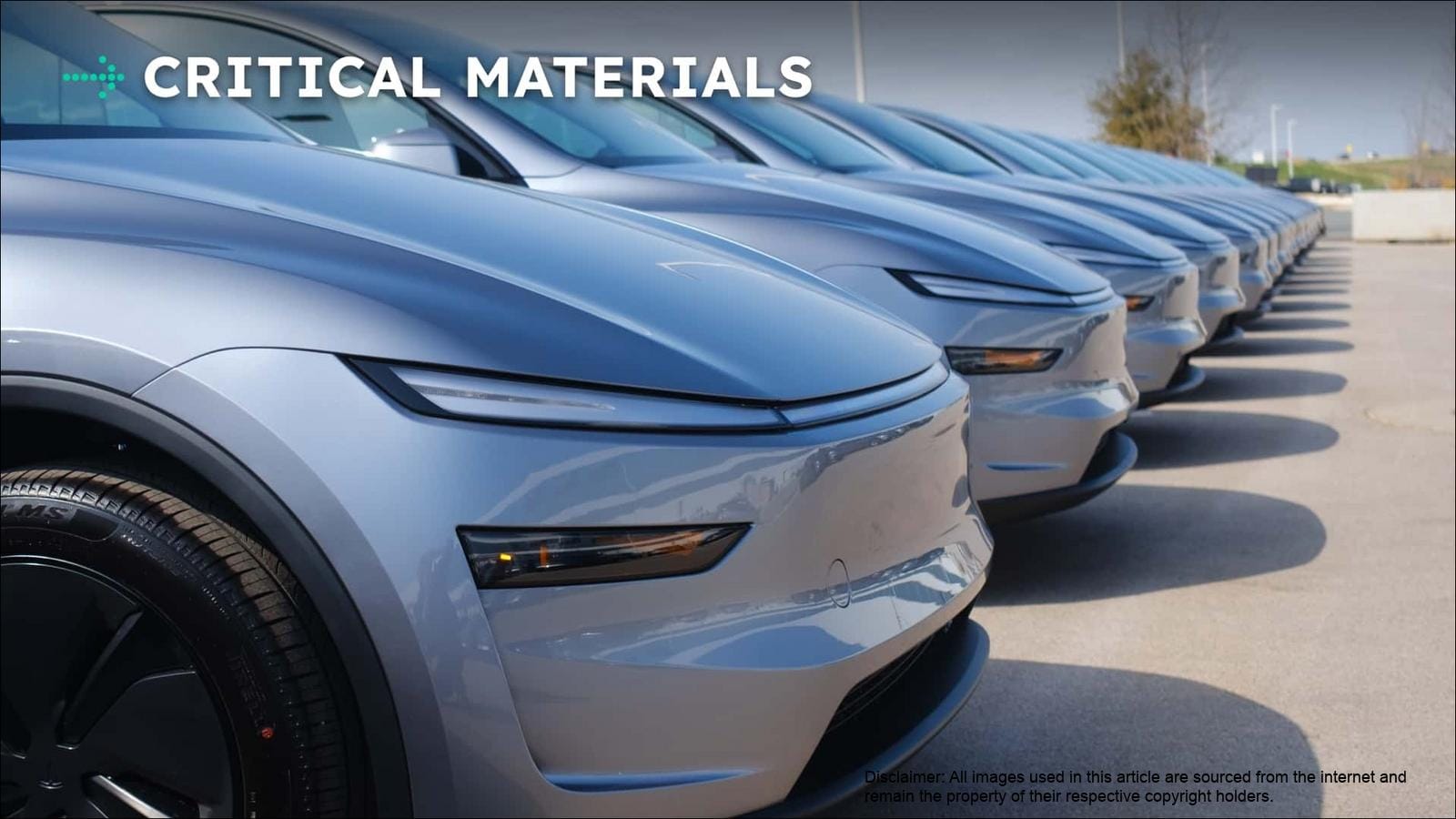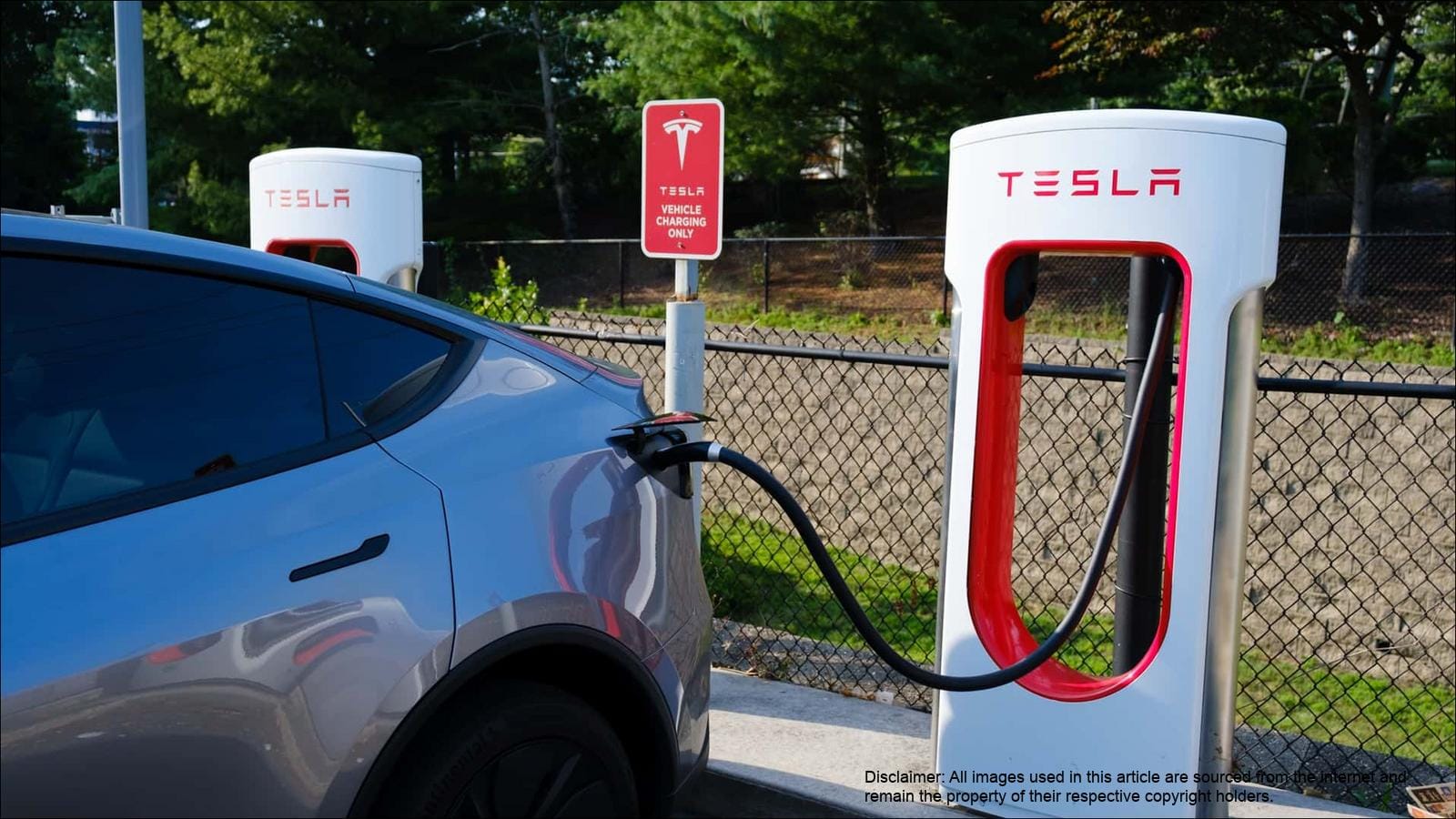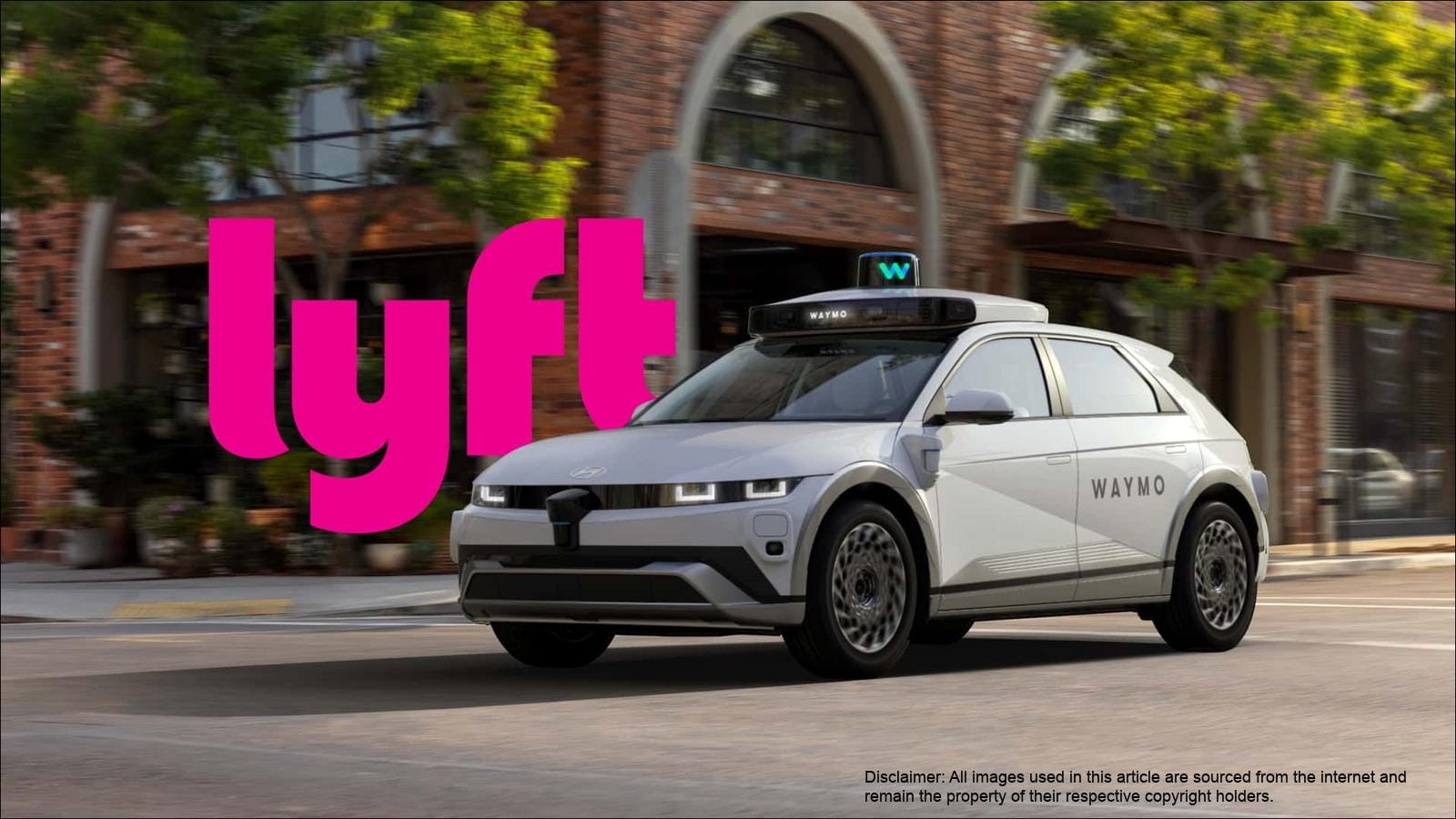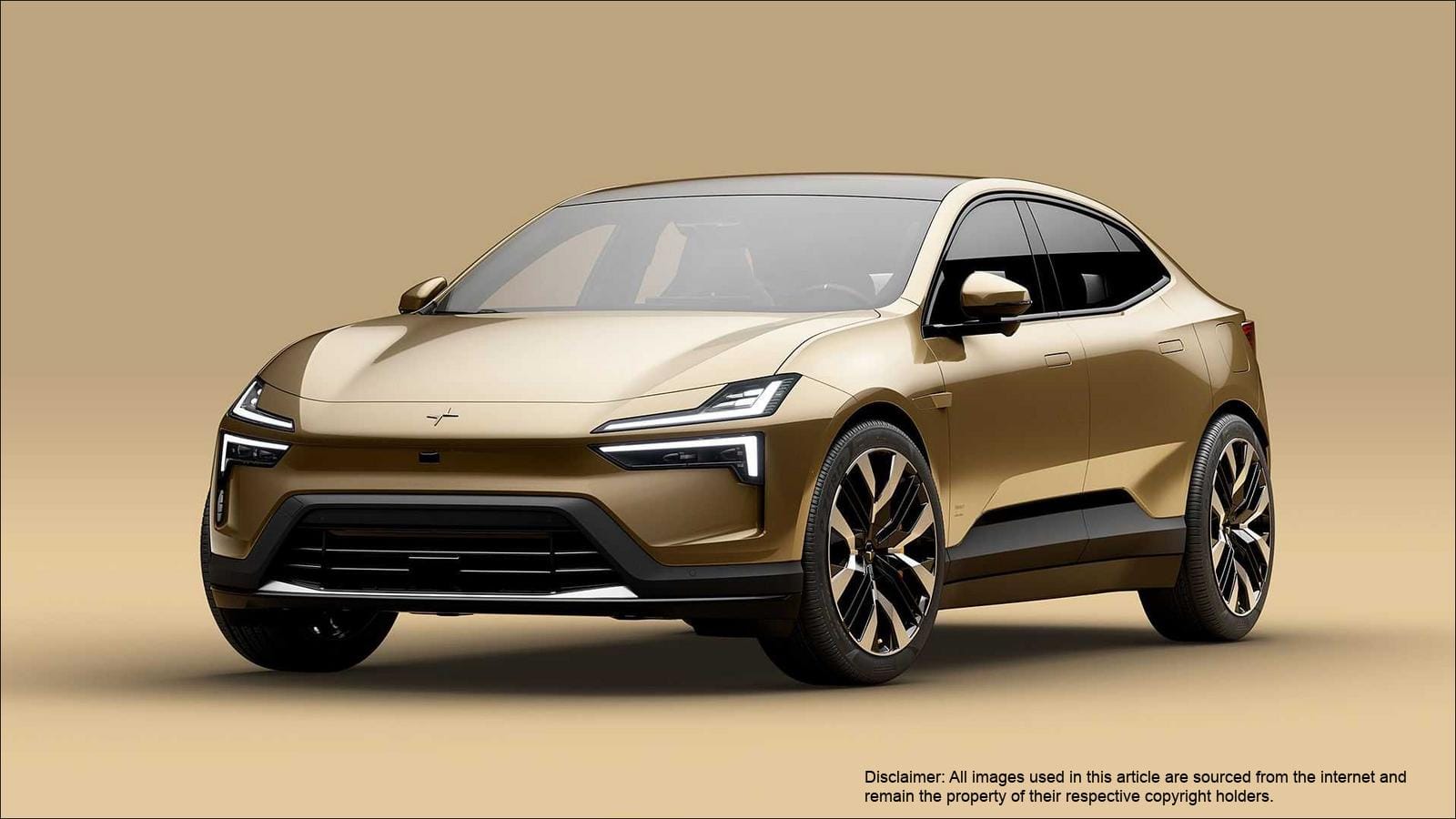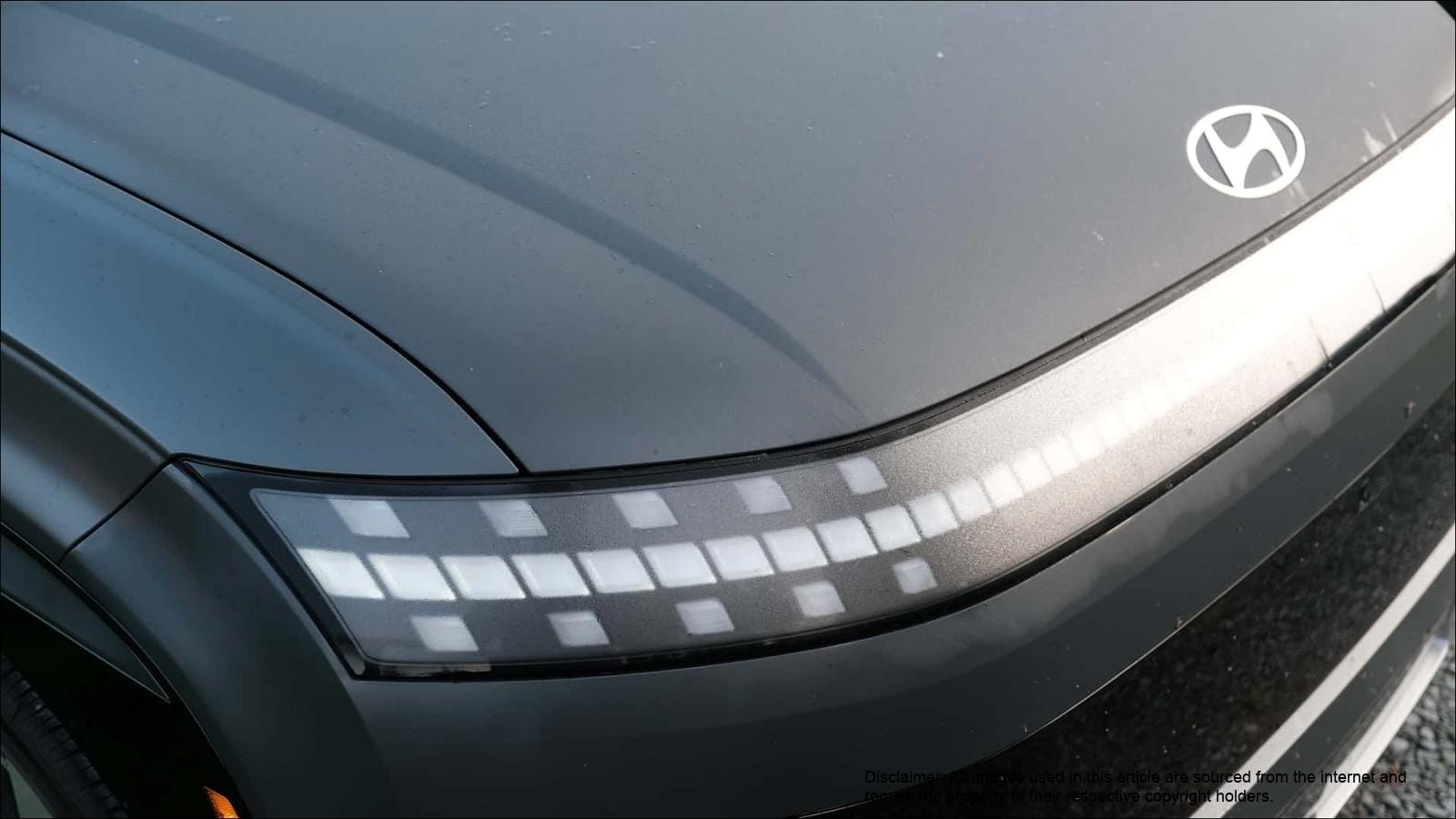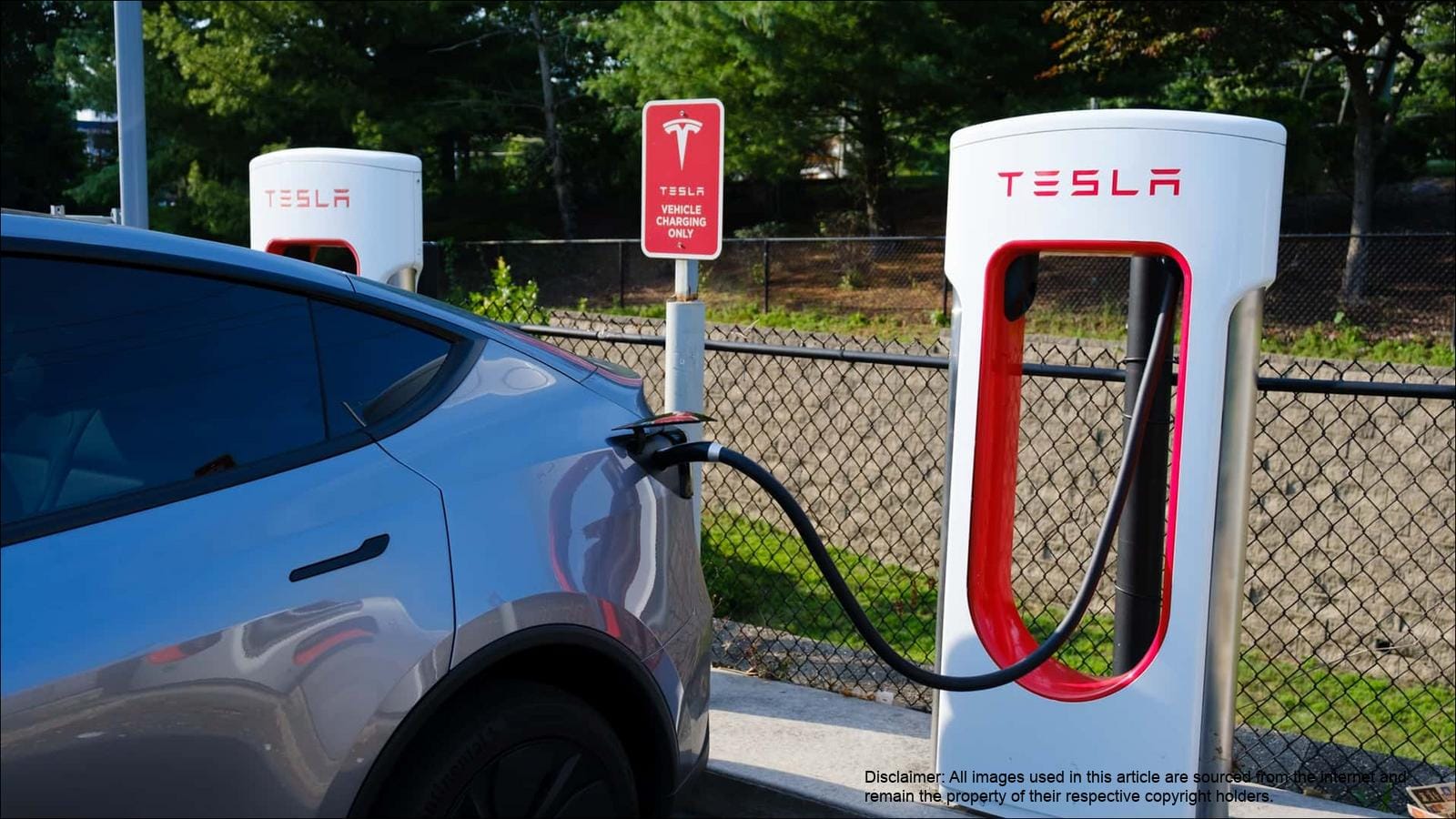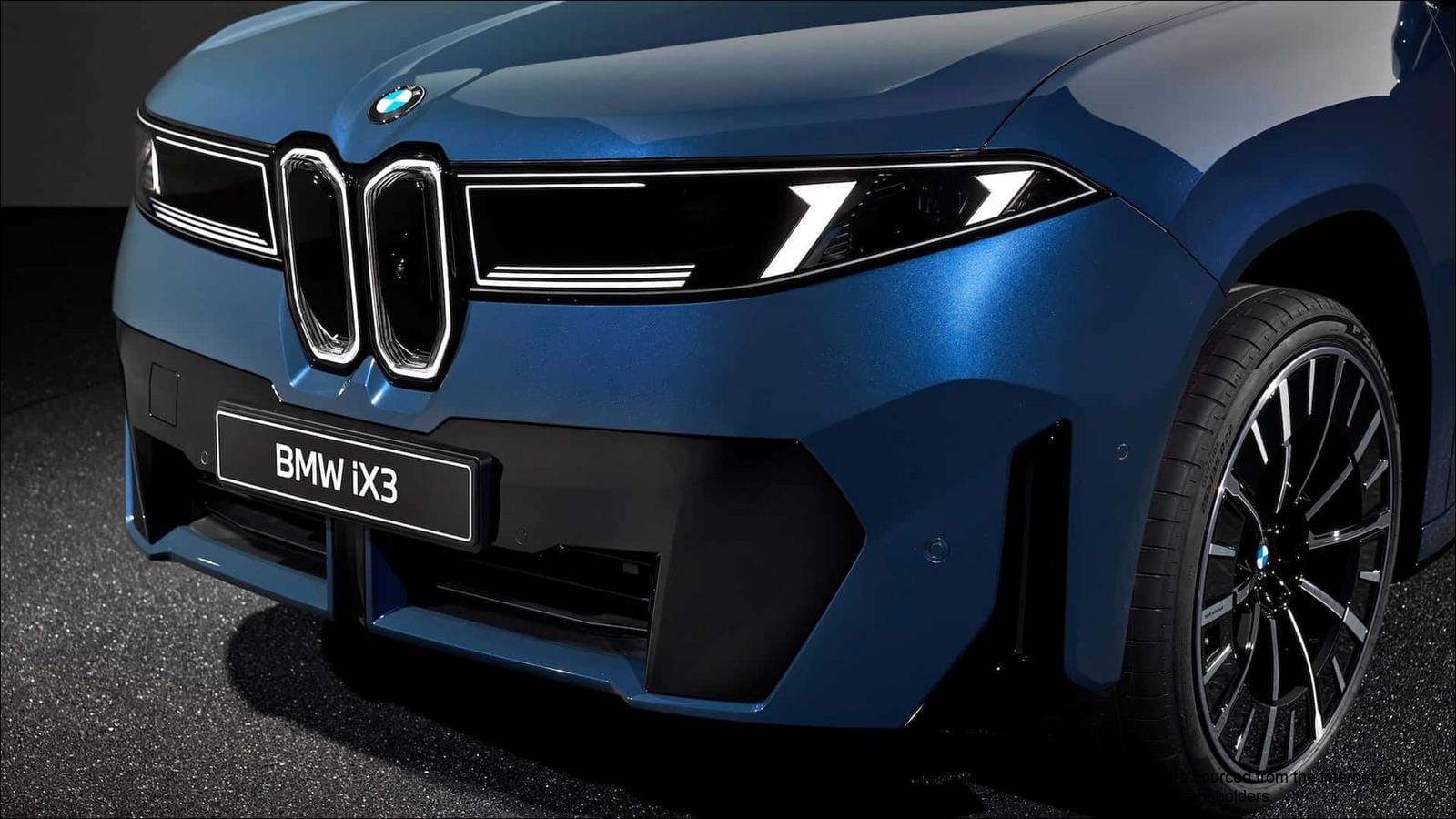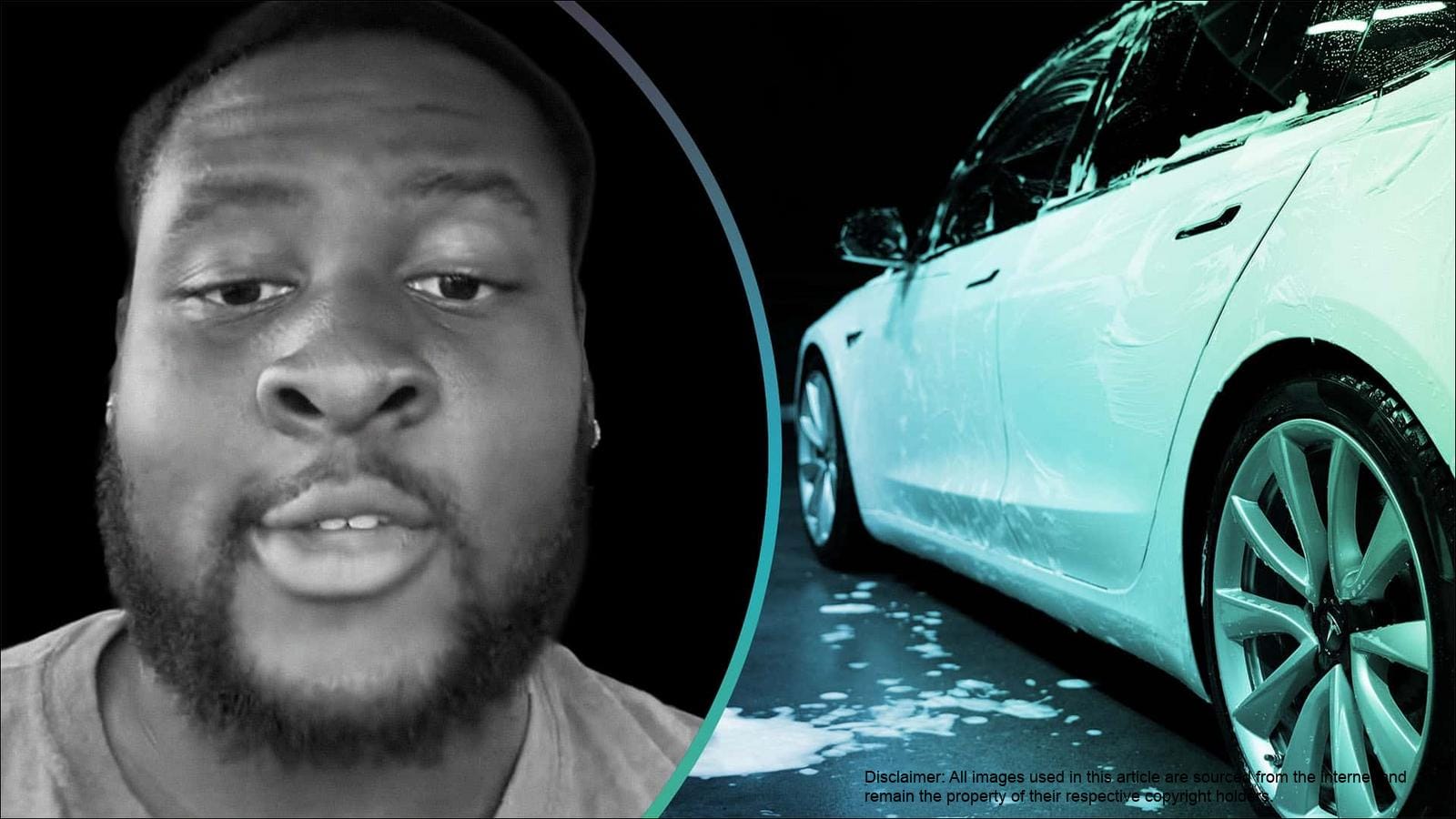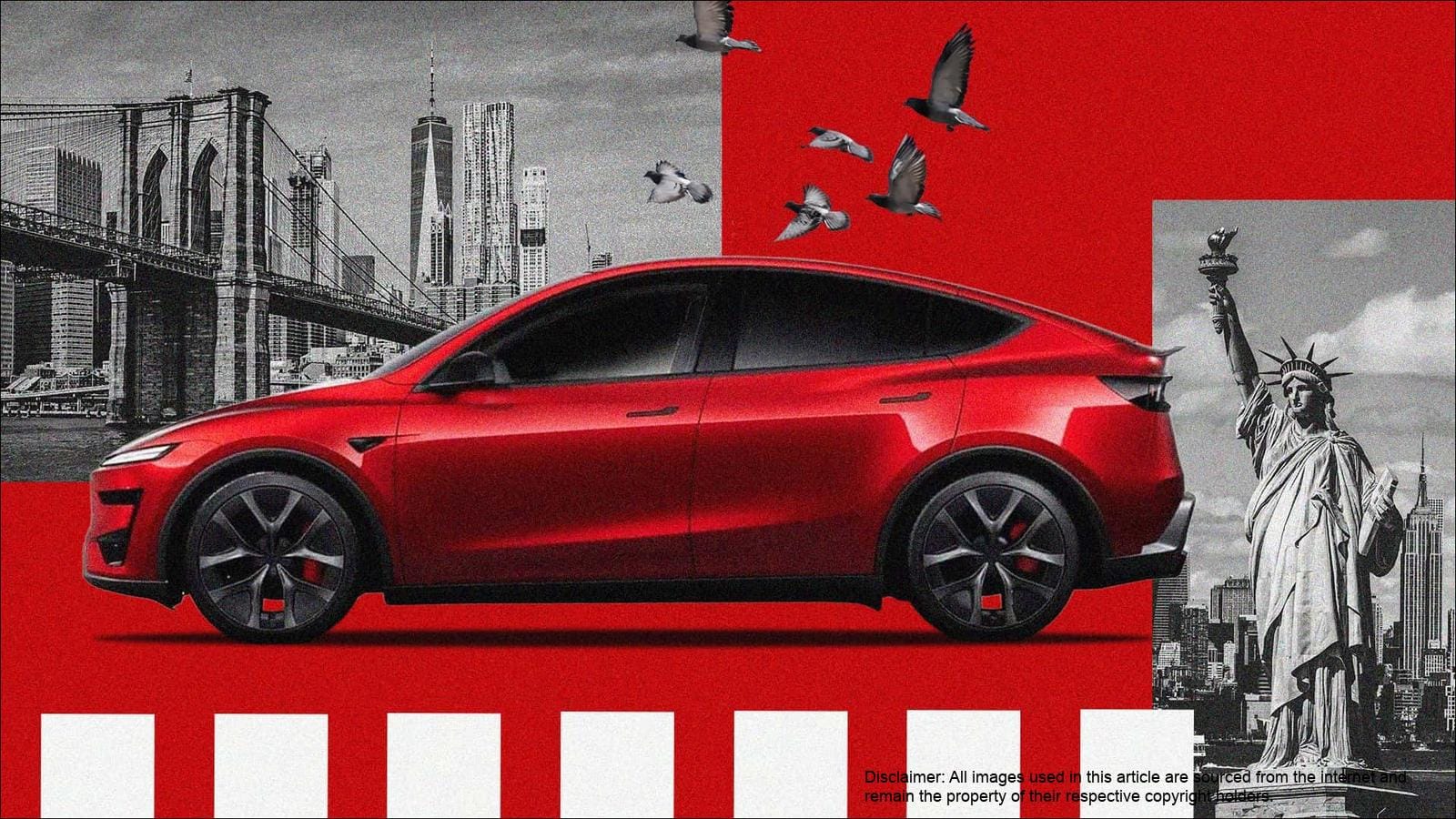The Role of Regulatory Credits for Tesla
For years, Tesla has significantly benefited from regulatory credits, a system designed to encourage the production and adoption of electric vehicles (EVs). Governments worldwide set EV quotas for automakers, pushing for a transition to zero-emission vehicles. Companies failing to meet these quotas face financial penalties. However, they have an alternative: purchasing credits from manufacturers that exceed their EV production targets. As a leading EV manufacturer, Tesla has capitalized on this system, generating billions of dollars annually. These revenues have been crucial in offsetting declining profits from vehicle sales. The future of this revenue stream, however, is now uncertain due to potential policy changes.
The regulatory credit system operates on the principle that companies exceeding emission standards can monetize their achievements by selling credits to those struggling to comply. This incentivizes innovation and investment in clean vehicle technology. Tesla’s early dominance in the EV market allowed it to accumulate a substantial surplus of credits, which it then sold to other automakers. This revenue not only bolstered Tesla’s financial performance but also facilitated further investments in research and development, contributing to its technological advancements.
However, the landscape is evolving. With more automakers entering the EV market and increasing their production, the demand for regulatory credits may decrease. Additionally, potential changes in government policies, such as those proposed by the Trump administration, could significantly impact the value and viability of these credits. For Tesla, this means a critical revenue stream could be at risk, necessitating a strategic shift to maintain profitability and market leadership.


